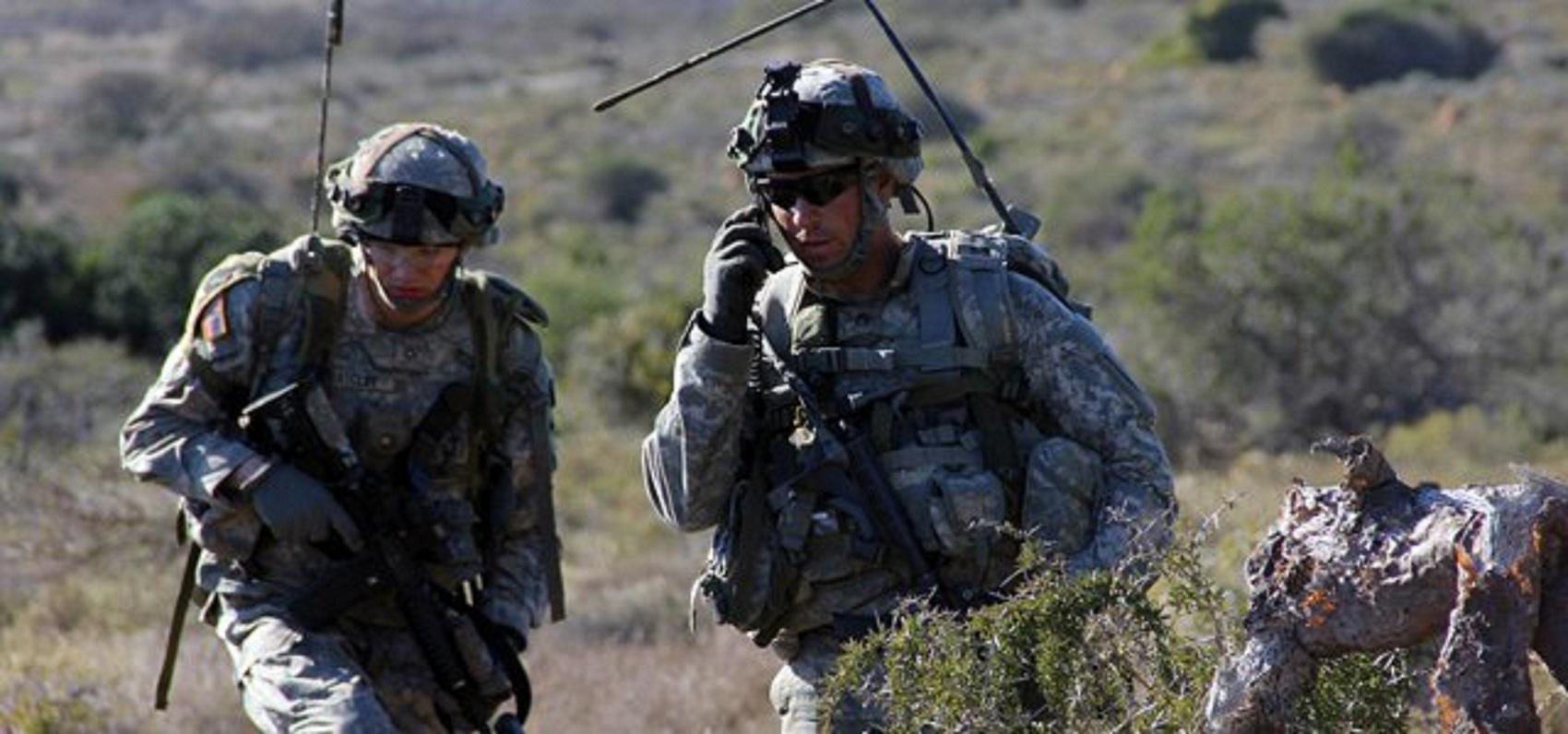
By Kathryn Bailey, PEO C3T Public Affairs
ABERDEEN PROVING GROUND, Md. (October 17, 2018) – It’s not business as usual as the Army turns to non-traditional industry vendors to help modernize its tactical network.
The U.S. Army Network Cross Functional Team (N-CFT) and the U.S. Army Program Executive Office Command, Control, Communications-Tactical (PEO C3T) recently leveraged the Rapid Innovation Fund (RIF) program as a means to reach new partners, with innovative ideas, to help narrow gaps in the network.
“The use of the RIF through OTAs [Other Transaction Agreements] allows the Network CFT and PEO counterparts to rapidly prototype promising new network technologies for Soldier and leader experimentation,” said Maj. Gen. Peter Gallagher, Director for the N-CFT. “Our intent is to solicit and experiment with emerging solutions that can bring significant performance improvements to the network in the near term.”
N-CFT and PEO C3T partnered with the Office of the Secretary of Defense, Emerging Capabilities Office, and the Office of Small Business Programs to implement the RIF program to reach non-traditional vendors, which are those who may have mature, relevant technologies, but who have not typically been embedded in a program of record, said Mindy Gabbert, PEO C3T lead engineer for experimentation.
“Some vendors already possess exciting and fairly mature technologies, but they just require an opportunity to understand how to integrate their capability into the Army’s network design,” she said. “They may also have existing capabilities developed for different environments, which once modified, may be suitable to meet the needs of Soldiers.”
The network capability RIF process moved from request for white papers, to request for proposals, to formal agreements in less than eight months, Gabbert said.
The process began when the N-CFT posted a request for white papers on the National Spectrum Consortium and FedBizOpps. The RIF topics sought solutions for a roll-on/roll-off kit that integrates all functions of mission command, an automated Primary, Alternate, Contingency, Emergency communications failover technology, wireless global Internet access and dismounted blue force tracking capability.
“For each effort we are interested in the technical feasibility of the prototypes for integration into the Army network,” Gabbert said. “Again, we must identify that sweet spot between innovation and maturity to ensure rapid development and experimentation.”
Army reviewers received close to 30 white papers from either non-traditional vendors or traditional defense contractors partnered with non-traditional vendors. For a white paper from a traditional defense vendor to be considered, they had to demonstrate how non-traditional sub-contractors would represent a significant portion of the effort or enter a specific cost-share agreement, Gabbert said.
In late September, the Army executed five RIF OTAs, with five vendors, through the National Spectrum Consortium; two additional agreements are in the works. Work commenced for the first set of agreements on October 15, with prototype equipment deliveries planned for the summer of 2019 and Soldier experimentation following in late summer/early fall. The Army will employ a Developmental Operations, or Dev/Ops model for Soldiers to assess and experiment with the technology early in the process and provide feedback to inform requirements development.
The N-CFT and PEO C3T are currently considering future topics for RIF 19.
“Addressing gaps in the network requires broadening the range of solutions we bring in,” Gabbert said. “We believe that working with non-traditional vendors and tapping into existing technologies could help us meet this challenge.”
—-
The U.S. Army Program Executive Office Command, Control and Communications-Tactical develops, acquires, fields and supports the Army’s mission command network to ensure force readiness. This critical Army modernization priority delivers tactical communications so commanders and Soldiers can stay connected and informed at all times, even in the most austere and hostile environments. PEO C3T is delivering the network to regions around the globe, enabling high-speed, high-capacity voice, data and video communications to a user base that includes the Army’s joint, coalition and other mission partners.
Related Links
Subscribe to Army AL&T News – the premier online news source for the Army Acquisition Workforce.
![]() Subscribe
Subscribe







